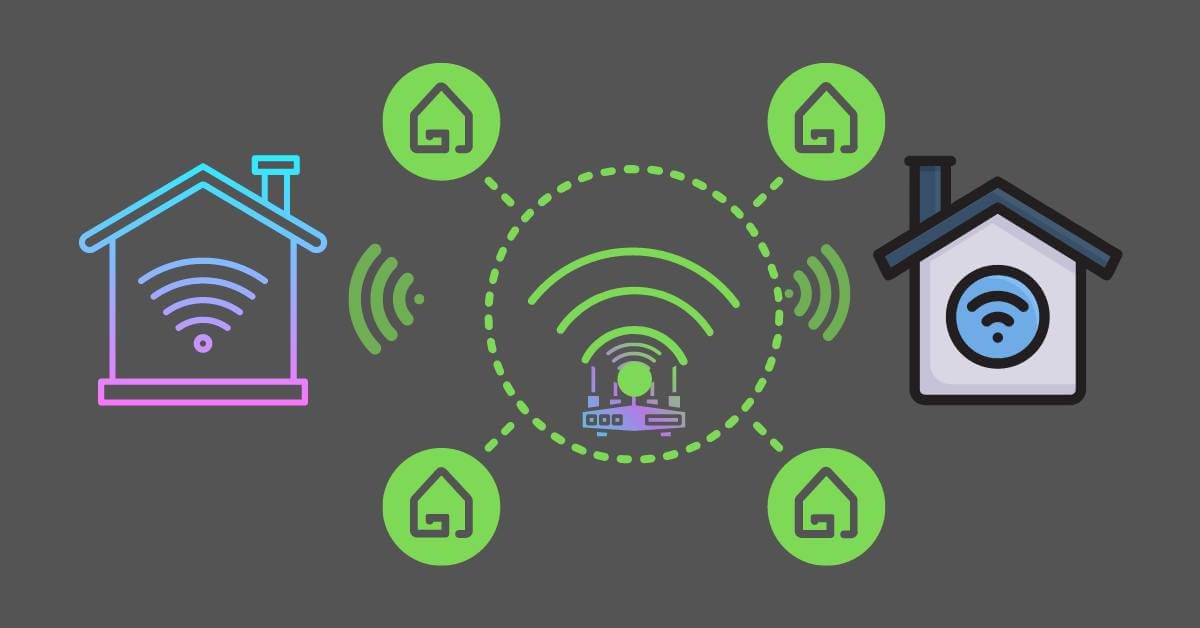Having a strong and reliable Wi-Fi signal is essential for anyone who wants to stay connected. Without having a decent signal, you can waste lots of time waiting for pages to load or trying to fix connection problems. Fortunately, there are some simple steps that can be taken to improve the strength of your Wi-Fi signal. In this article, we will look at how to improve Wi-Fi signal strength and how to identify weak signals and then discuss several different methods for boosting your Wi-Fi connection.
Improving Wi-Fi signal strength can greatly enhance your internet experience. Here are some steps you can take to improve your Wi-Fi signal:
- Position your router strategically: Place your router in a central location, away from electronic devices, metals, and concrete walls that can cause interference or signal degradation. Raising the router and keeping it in an open space can also help distribute the signal more effectively.
- Update your firmware: Regularly check for firmware updates for your router, as these updates often include performance improvements and security patches. You can typically update your router’s firmware through the manufacturer’s website or the router’s admin interface.
- Use the correct Wi-Fi frequency: Modern routers usually support both 2.4 GHz and 5 GHz frequencies. The 2.4 GHz frequency has better range but may suffer from congestion due to other devices, while the 5 GHz frequency is faster but has a shorter range. Choose the frequency that best suits your needs and environment.
- Opt for a Wi-Fi extender or mesh network: If your home is large or has multiple floors, consider using a Wi-Fi extender or a mesh network system to extend your Wi-Fi coverage. Wi-Fi extenders can be placed strategically to boost the signal, while mesh networks consist of multiple nodes that work together to blanket your home with Wi-Fi coverage.
- Adjust the router’s antennas: If your router has external antennas, try adjusting their positions. Pointing them in different directions can help distribute the signal more effectively.
- Change the Wi-Fi channel: Wi-Fi routers use different channels to transmit data. Changing the channel can help avoid interference from other devices. You can use a Wi-Fi analyzer tool to find the best channel for your environment and then change it in your router’s admin interface.
- Upgrade your router: If your router is several years old, it may not support the latest Wi-Fi standards or have the necessary hardware to provide a strong signal. Upgrading to a more modern router with advanced features can significantly improve your Wi-Fi signal strength.
- Secure your network: Ensure your Wi-Fi network is password-protected with a strong password and uses WPA2 or WPA3 encryption. This will prevent unauthorized users from connecting to your network and consuming bandwidth, which can slow down your connection.
- Optimize your devices: Update your devices’ software and drivers to ensure compatibility with your Wi-Fi network. Additionally, disable Wi-Fi on devices that aren’t in use, as this can reduce congestion on your network.
- Consider a wired connection: If you still have issues with Wi-Fi signal strength, consider using a wired Ethernet connection for devices that require a stable and fast connection, like gaming consoles and streaming devices. This can help reduce the load on your Wi-Fi network and improve the overall signal strength.
Finally, improving the Wi-Fi signal strength is not as difficult as it may seem. By following some simple steps, such as relocating the router, using a Wi-Fi extender or repeater, or upgrading to better routers and adapters, you can significantly increase your Wi-Fi signal strength. Additionally, making sure that your router is running on the most recent firmware and that no other devices are interfering with your connection can also help improve signal strength.









Leave a Reply
You must be logged in to post a comment.